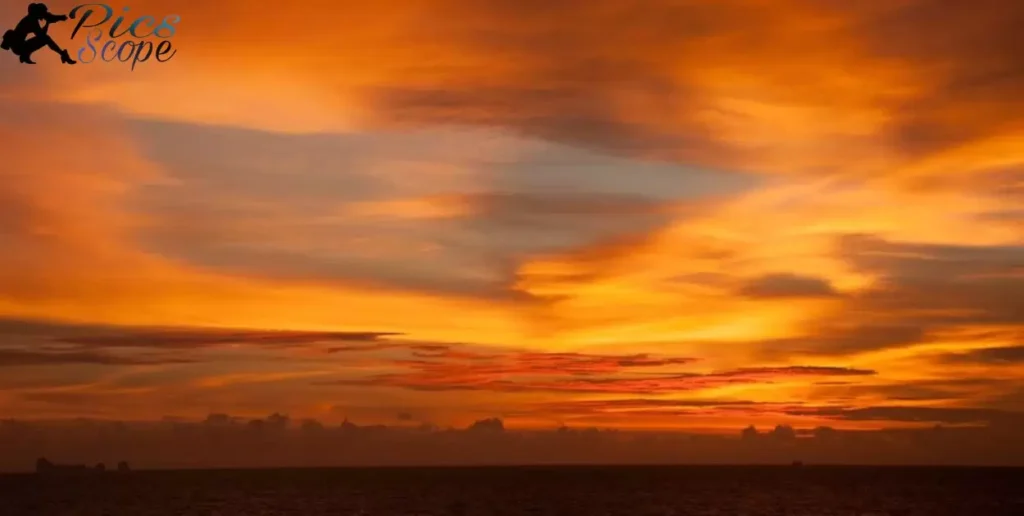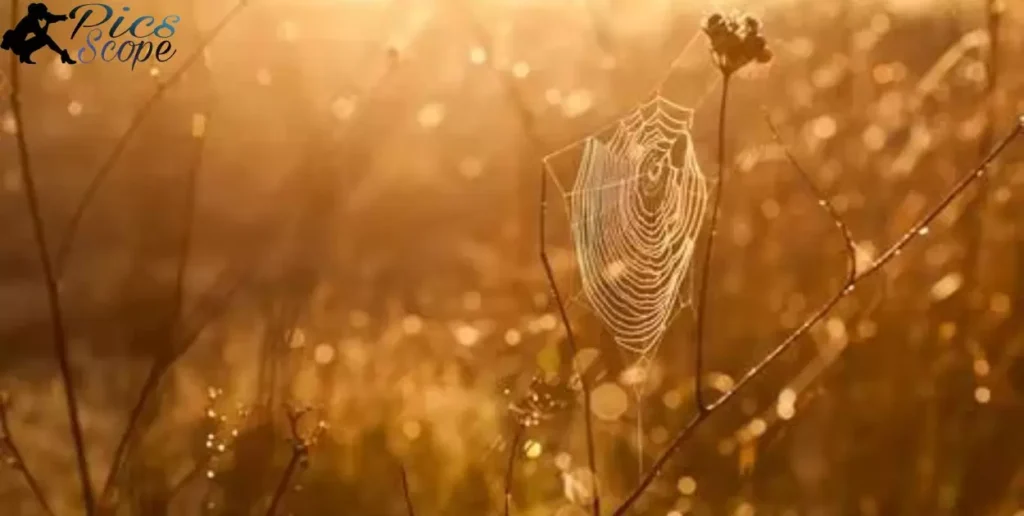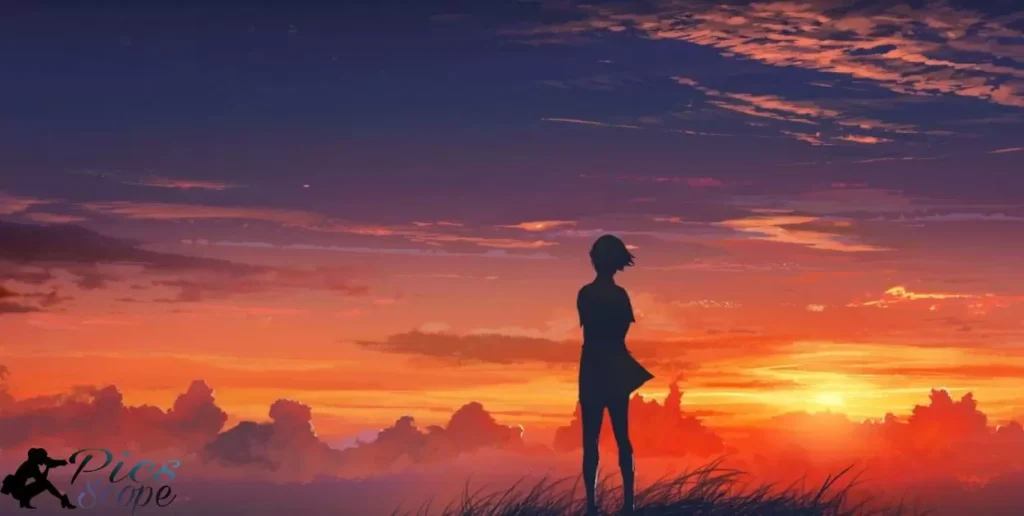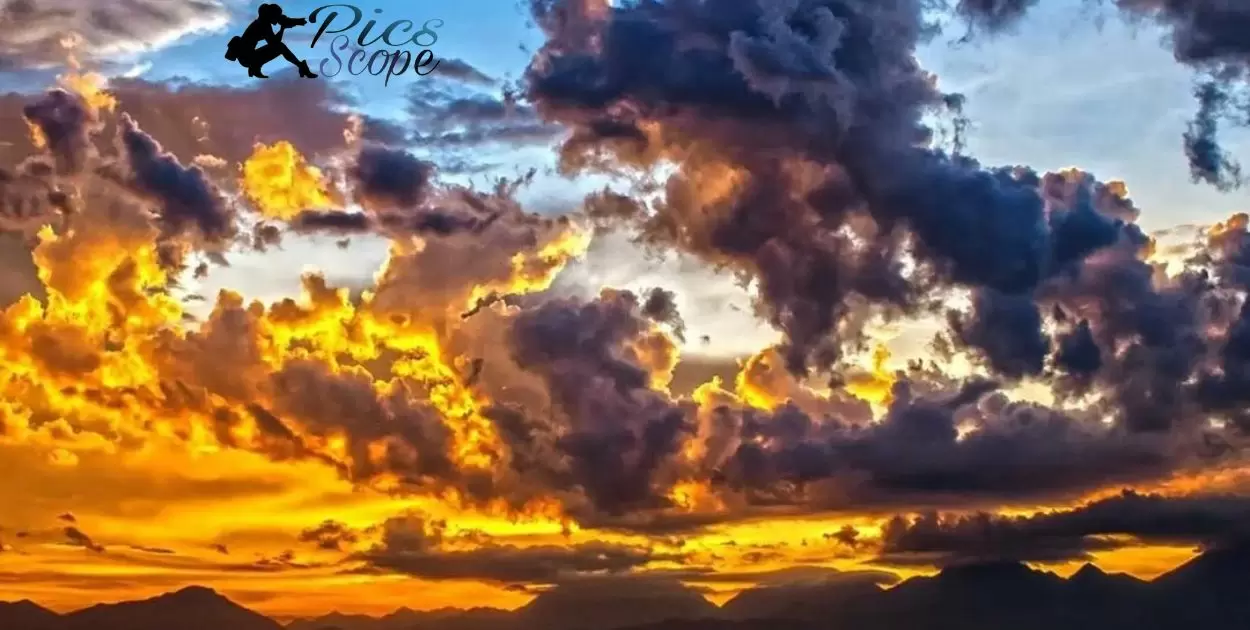Photography is the art, application, and practice of creating durable images by recording light or other electromagnetic radiation, either electronically by means of an image sensor, or chemically by means of a light-sensitive material such as photographic film.
What Is The Golden Hour In Photography?” The golden hour refers to the period of daytime shortly after sunrise or before sunset, during which daylight is redder and softer compared to when the Sun is higher in the sky. This golden, reddish light is often considered the most ideal lighting situation for photography.
The golden hour in photography is a short period each day when the quality of natural light produces a warm, soft, reddish glow which is considered ideal for capturing images. Photographers highly value this time as the lighting enhances features and colors in an exceptionally flattering way.
What is the golden hour in photography?
The golden hour in photography refers to the period of daytime shortly after sunrise or before sunset. During the golden hour, daylight is redder and softer compared to when the sun is higher. The golden hour is also called the “magic hour,” especially by photographers and cinematographers. The period right before sunrise or after sunset is called the “blue hour” when light takes on a blue shade.
How do photographers define the golden hour?
Photographers define the golden hour as starting about one hour after sunrise and ending one hour before sunset. The exact duration varies depending on the time of year and latitude. Photographers use the term golden hour to refer to these periods because of the quality of light which is soft, diffused and warm in color.
What causes the golden glow during the golden hour?
The golden glow during the golden hour is caused by sunlight passing through more atmosphere near sunrise and sunset. More blue light is filtered out, leaving warmer light with reds, oranges and yellows. The sun’s lower position also creates softer, more diffused light compared to midday.
When does the golden hour occur each day?
The golden hour occurs twice per day – once in the morning about one hour after sunrise, and again in the evening about one hour before sunset. The exact timing shifts depending on season and latitude. Photographers take advantage of these short periods each day to capture scenes with flattering, glowing light.
Why is the golden hour ideal for photography?

The golden hour refers to the period shortly after sunrise and before sunset when the quality of natural light is soft, diffused and warm. This light is ideal for photography because it enhances colors, adds dimension, and creates interesting shadows. The angle of the sun also produces directional lighting that can be used creatively.
How does golden hour lighting enhance landscape photography?
During the golden hour, sunlight takes on a warm, golden hue and strikes the landscape at a low angle. This side lighting creates shadows that add depth and texture to the land. Golden hour light also enhances the natural colors of sunrises and sunsets, making landscapes appear rich and vibrant. The directional lighting allows for elements like silhouettes and lens flares.
What effect does the golden hour have on portrait photography?
The diffused, golden light during the golden hour flatters skin tones. It reduces shadows and evens out facial features and blemishes. The soft lighting wraps around subjects to produce a glowing, radiant look. The low angle of the sunlight also creates catchlights in the eyes.
How can the golden hour improve wildlife photography?
The golden hour’s soft, low lighting allows wildlife photographers to approach animals more easily. The animals are also more active at dawn and dusk during feeding times. The surrounding landscapes often appear more dramatic, and the directional lighting through foliage creates interesting rim lighting effects on animals.
What camera settings work best during the golden hour?
The best camera settings for golden hour photography are to use manual mode. Set your ISO between 100-400 to minimize noise. Use a wide aperture, such as f/2.8 or wider, for a shallow depth of field. Select a fast enough shutter speed to avoid blur from camera shake; 1/125s or faster is ideal.
Since lighting conditions change quickly during golden hour, pay close attention to your exposure. Bracket shots to ensure proper exposures. Adjust your settings as needed when clouds pass or the sun sinks lower. White balance is also important to capture the warmth of golden light. Choose the shade or cloudy setting instead of auto white balance.
What aperture is best for golden hour photography?

A wide aperture works very well for golden hour shots. Settings like f/1.4, f/2 or f/2.8 create shallow depth of field and bokeh. This keeps the attention on your main subject and makes the warm light really stand out.
Using a fast prime lens allows you to shoot at the widest apertures. But even zoom lenses around 24-70mm or 70-200mm can open up to f/2.8 or wider. Shoot wide open if you want that creamy, dreamy golden hour look.
What shutter speed is ideal for golden hour shots?
For sharp golden hour photos, use a shutter speed of 1/125s or faster. This is fast enough to minimize blur from camera shake when hand-holding your camera. A speed of 1/250s or 1/500s is even better for action shots without tripod support.
If you do have a tripod, longer exposures from 1/30s up to a full second can work beautifully during golden hour. The tripod keeps the camera steady for sharp shots. Long exposures show motion in clouds, water and other elements.
Which white balance setting suits golden hour lighting?
The best white balance options for golden hour are the “Shade” or “Cloudy” presets. Unlike auto white balance, these settings preserve the warm ambience. They prevent the camera from neutralizing those magical golden hues.
You can also try dialing in custom white balance values around 3000-4000K to fine tune the warmth of the light. Let the distinctive golden glow shine through by avoiding the auto white balance setting during this fleeting magical hour.
What time is the golden hour in different seasons?
The time of golden hour depends on the season. In summer, golden hour occurs later in the evening, around 8 pm. In winter, it happens much earlier, around 4:30 pm. In spring and fall, it is in between summer and winter, occurring around 6 pm in spring and 5 pm in fall. The exact time changes a bit depending on location and time of year.
Golden hour happens about an hour before sunset. As days get longer in summer, sunset is later so golden hour is later. As days get shorter in winter, sunset and golden hour happen earlier. The tilt of Earth and changing daylight hours through the year impact what time golden hour occurs.
How does the golden hour differ in summer and winter?
In summer, golden hour has warmer, more golden light. The sun is more directly overhead, even late in the day. This creates a reddish golden glow. In winter, the sunlight is cooler and bluer since the sun stays lower in the sky. The light has less intense color.
Summer golden hour also lasts longer than winter golden hour. At higher latitudes near the summer solstice, golden hour can last over 90 minutes. In winter it may only last 50 minutes since the sun sets faster as days are shorter.
When is the golden hour during spring and fall seasons?
In spring, golden hour typically happens around 6 pm. This is halfway between the earlier winter golden hours and later summer ones. In fall, it happens a bit earlier, around 5 pm, as days start rapidly shortening after the equinox.
Spring and fall golden hours have lighting that is in between summer and winter as well. It has warmer tones than winter but is less intensely golden than summer light. The golden hours in spring and fall tend to be moderate in length, lasting around an hour.
How long does the golden hour last in each season?
In summer, golden hour lasts the longest, over 90 minutes near the summer solstice at higher latitudes. At the equator it can be around 50 minutes year-round. In winter, golden hour is shorter, approximately 50 minutes at higher latitudes.
Nearer to the poles during winter it lasts for weeks as the area has midnight sun. Spring and fall golden hours are about an hour long at higher latitudes. At the equator during the equinoxes the golden hour may only last for a brief 30 minutes as the daylight rapidly changes.
How can I plan a shoot around the golden hour?

The golden hour occurs about an hour before sunset and after sunrise when the sunlight is soft and diffused. To plan a shoot, research sunrise and sunset times for your location. Arrive 30-45 minutes early to set up. Golden hour light changes quickly, so prepare compositions beforehand since there is little time to experiment.
What tools can help me track the golden hour?
Use sites like GoldenHour.com and apps like PhotoPills to see sunrise/sunset times and the duration of golden hour. The weather and time of year impacts lighting too, so take timings as a guide and adjust as needed when shooting.
What should I prepare for a golden hour photoshoot?
Scout locations in advance for best compositions. Arrive early to set up gear. Use manual mode, base exposure on the brightest areas like the sky, and let foreground elements silhouette. Have off-camera lighting ready if needed to balance exposure. Consider a reflector to brighten subjects.
Where are the best locations to photograph during golden hour?
Hilly landscapes and open spaces work well to capture the warm light and long shadows. Coastlines, lakes, parks, fields and mountain ranges also make great subjects. Position subjects to be backlit or side-lit by the low golden hour sun. Silhouette subjects against colorful skies.
FAQ’s
How long is the golden hour before sunset?
The golden hour lasts around 30-60 minutes before sunset when sunlight is soft and diffused.
What is the golden hour effect in photography?
Golden hour creates warm, glowing light that enhances colors and adds dimension in landscape photos.
What is blue hour in photography?
Blue hour occurs just after sunset when indirect sunlight creates a deep blue sky hue.
What is golden hour vs blue hour photography?
Golden hour has warmer, golden light while blue hour has cooler blue tones from the sky.
When is the best time for golden hour photos?
The best time for golden hour photos is 30-60 minutes before sunset when sunlight is most diffused.
Conclusion
The golden hour is considered the best time for photography due to the quality of light. It occurs during the hour after sunrise and before sunset when sunlight takes on a warm, golden glow. The low angle of the sun creates soft, diffused light that enhances colors and adds dimension. Shadows are also longer, allowing for more dramatic photos.
The magical golden hour light only lasts around 30-60 minutes per day. Photographers should prepare compositions in advance and arrive early to capture the perfect light during this fleeting moment.
Utilizing the warm, directional golden hour light can elevate landscape, portrait, and wildlife photos by creating atmospheric lighting full of color and contrast. Planning shoots around the golden hour can result in vibrant, professional-quality images.







